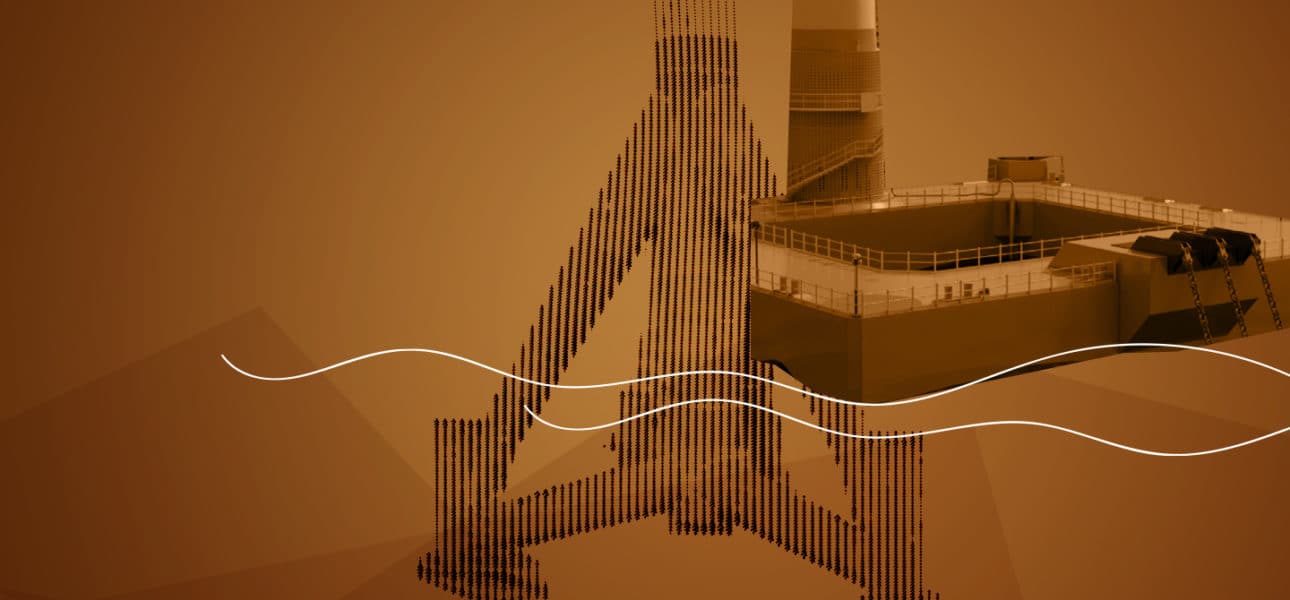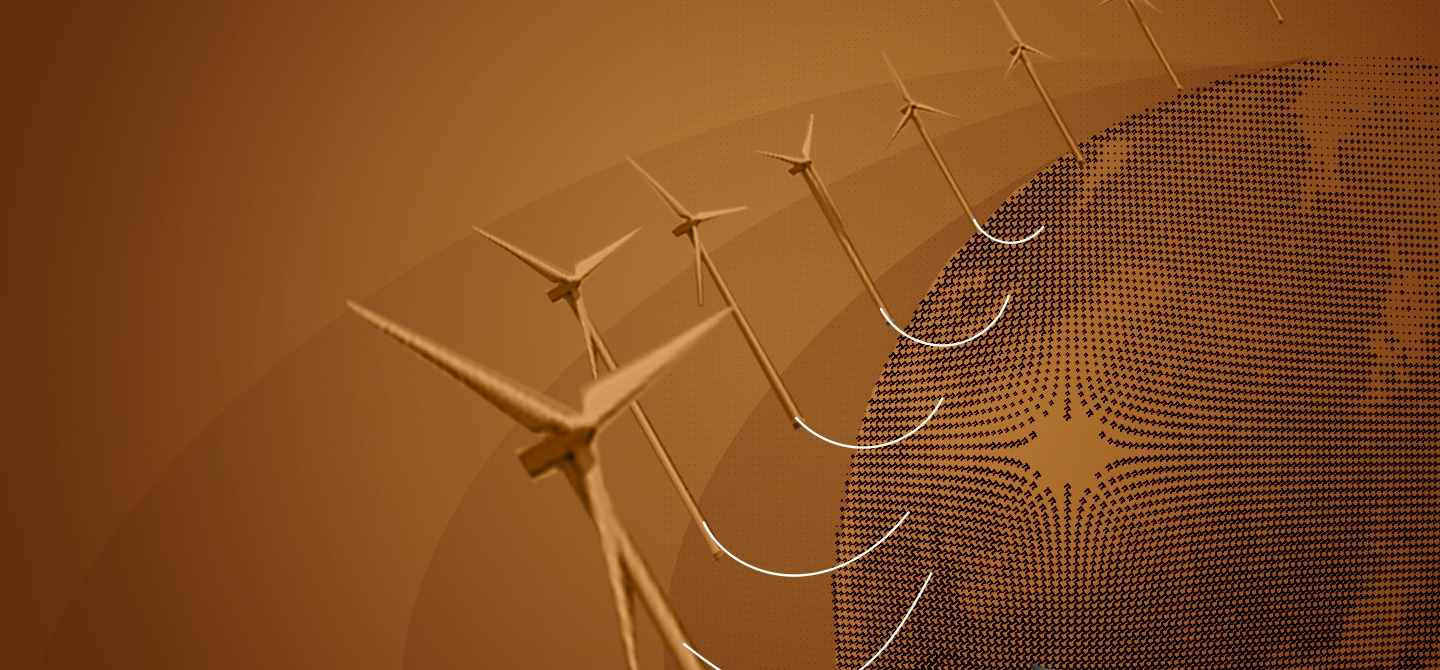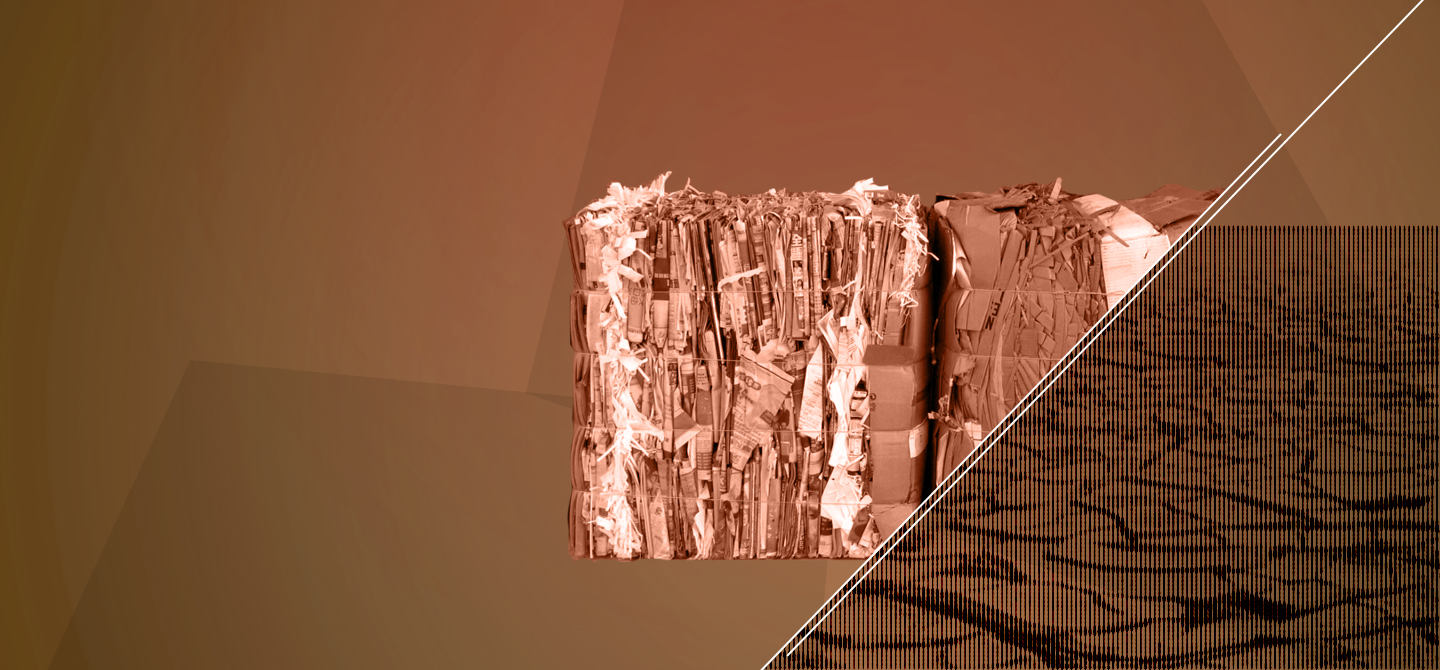Do installed offshore wind turbines harm marine biodiversity?
One of the best-known impacts on marine biodiversity during the operational phase of wind turbines is the artificial reef effect. This is when new species, such as mussels, crabs, anemones, and various fish – depending on the geographical location – begin to settle around the wind turbine. The layer of rock that protects the cables, masts and their foundations provide a hard substrate that encourages ecological niches and enriches the complexity of the habitat, thus further attracting new species. The artificial reef effect has been well documented in Belgian wind farms, which have been operational for ten years, and it has been observed in many other man-made constructions at sea. The new habitat is richer in biodiversity and in animal and plant biomass.
If the wind farm is closed to fishing, or seldom visited, a reserve-effect can be added. As in the case of a marine protected area, the wind farm may allow for better renewal of fished species’ stocks. The biomass of these species may increase at the periphery of the wind farm.
So, could the presence of wind turbines increase the number of fish?
Do the numbers of animals increase, or do they simply cluster in the wind farm? This question is currently being debated.
For benthic species, which attach themselves to surfaces, the increase in biomass and production is clearly established. Algae, mussels and anemones that settle on hard structures attract other species in a cascade along the food chain. Our numerical simulations show that this cascade is likely to reach top predators at the top of the food chain, potentially increasing their numbers.
Observation of marine mammals provides some evidence of this: in the North Sea, satellite monitoring shows that seals are attracted to wind farms. However, it should be noted that this cascade effect depends strongly on the initial population1. The seal population in the North Sea has been increasing naturally for several years, and the reef effect potentially reinforces this growth. In the case of populations living in poor conditions, a wind turbine may in fact worsen the phenomenon.
Do birds and bats risk collisions?
Feedback from Belgian wind farms2 has revealed the great uncertainty concerning this risk. For onshore wind farms, scientists count the number of animals on the ground, but this is more difficult to do for offshore wind farms. Studies are underway to develop instruments to this end. It is important to make these measurements: some protected bird species may be subject to a very limited number of collisions per year3.
Is the construction of a wind farm a particularly risky time for marine species? Is it possible to limit the effects?
Yes, all experts agree that this is the stage that most affects marine species. The noise levels generated during pile-driving are very high, and these effects are considered to be the most important even after ten years.
Several strategies can limit these effects. Using double curtains of bubbles during pile-driving reduces noise pollution. It is also important not to carry out work during critical periods such as calving or reproduction, particularly for protected species. Finally, the noise level can be increased very gradually, which allows sensitive species to be scared away and not harmed. Simulations show that the cumulative effect of all these measures can reduce the negative impact on species by up to 97%.
I would add that it is important to avoid constructing turbines in areas of ecological interest or areas that are particularly well conserved. Instead, wind power should be developed in areas that have already been heavily impacted by human activities. The development of offshore wind power seems to me to be important to limit greenhouse gas emissions: our simulations show that the consequences of climate change are much more far-reaching than the localised effects created by wind turbines.
Are there any risks related to chemical pollution or the underwater transport of electricity?
Underwater metal structures are prone to corrosion at sea. Galvanic anodes – containing mostly aluminium – are often used; their dissolution in water protects the foundations of wind turbines. Their presence has sometimes been accused of being a significant source of metallic pollution, but it seems that the degree to which they are diluted is enough to limit these effects. Work is underway, however, to verify this result.
Electric cables and sub-stations generate, for their part, electromagnetic fields. Their effects have been studied for several years: the first results show very localised fallout. And initial field and laboratory studies show that, at the intensities observed, the impact on animals is very low4.
Offshore wind turbines, unlike land-based wind turbines, have been little studied with regards their environmental impact. The SEM-REV test site at Centrale de Nantes, off the coast of Le Croisic, has allowed, for the first time in France, the environmental impacts to be measured in situ for three years, taking into account the construction, operational and maintenance phases5. After a year of operation, the benthic communities in the vicinity of the wind turbine and its infrastructure – the anchoring system and the electrical cable – are in very good health. The anchor lines, float and cables have been colonised by mussels, anemones and corals. Only one non-native (and therefore new) mollusc species has been observed. Lobsters, conger eels and Dungeness crabs have also been found in the new habitat. The impact on these species and the fish caught has not yet been evaluated. Finally, we noted that bats are attracted to wind turbines. We cannot make any reliable observations concerning bird populations, however, in the absence of an appropriate measuring tool.







